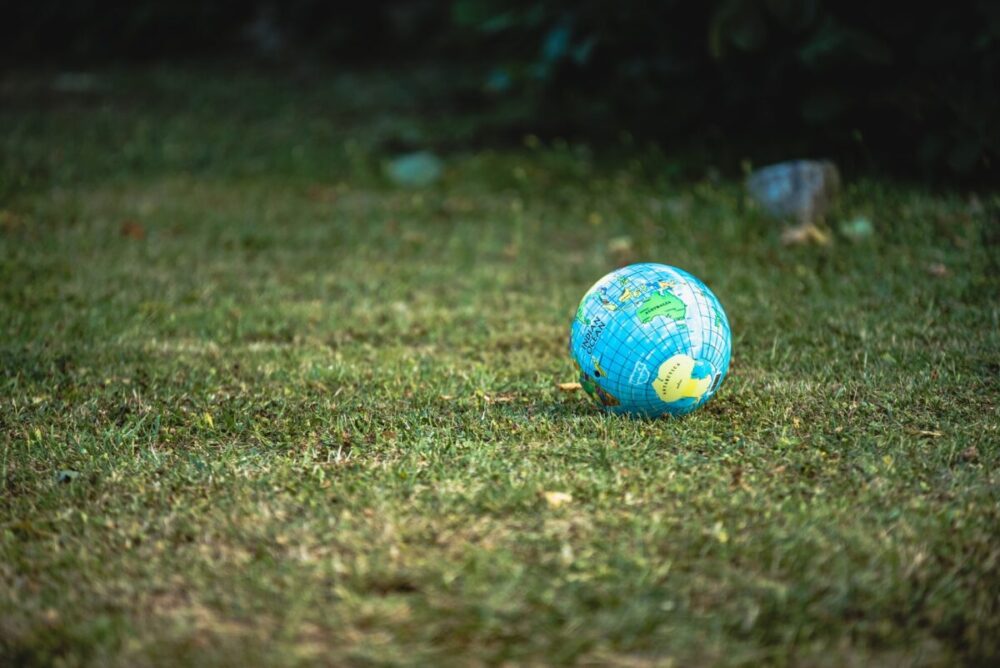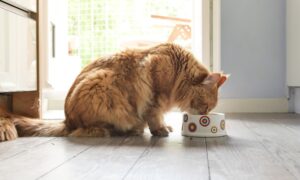You are no doubt aware that there are many very good reasons for recycling everything we can. It’s very easy to look at the positives of popping things in that green (or blue, depending on where you live) bin on a global scale, but disposing of our waste responsibly has more immediate effects on things much, much closer to home.
The huge amount of things we throw away (approx 1 ton a year for a Western household) has massive repercussions for the wildlife around us. Not only that, it can adversely affect and endanger both our own and other people’s pets.
With that in mind, here is a small list of some of the biggest culprits when it comes to everyday objects that, if not disposed of properly, can be harmful to our four-legged (and winged) friends.
#1 Plastic Bags
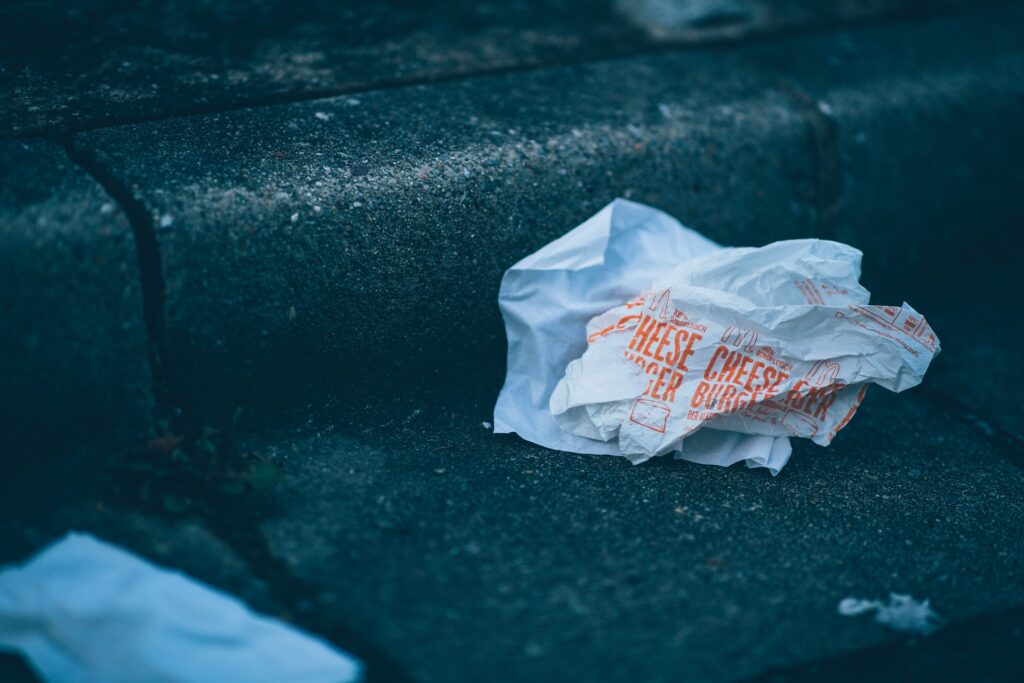
Image source: unsplash.com
Despite the dangers of plastic bags to the environment being obvious to many, their use being reduced or banned in many retail businesses, this is still No.1. The amount of harm caused to animals (including our own pets) still makes it a massive problem.
Smaller animals can crawl inside and suffocate in a plastic bag, especially if they have entered in search of food. For the same reason, larger ones can choke on them, or cause a fatal digestive obstruction.
This is one case where the obvious precaution is not to use one in the first place. It’s better to not need one, or re-use the same bag over and over again, but if you have no choice but to use a plastic bag, ensure you dispose of it carefully.
#2 Balloons
This is another choking hazard for animals so please dispose of any balloons you happen to have for a party by first fully deflating them and cutting them up before putting them in the bin.
As spectacular as releasing balloons may look (especially en masse), anyone planning something like this needs to weigh up the impact on the animal kingdom against the spectacle they are creating and perhaps come up with a more responsible way of marking a big celebration.
Exactly the same thing applies with the releasing Chinese or sky lanterns, where animals can easily be trapped in or choke on them when they land, often miles from where they were released. Even those who believe they are being responsible by using ones marked as biodegradable probably need to think again.
These items can take weeks to degrade by which time the damage may already be done.
#3 Cans, jars, and bottles
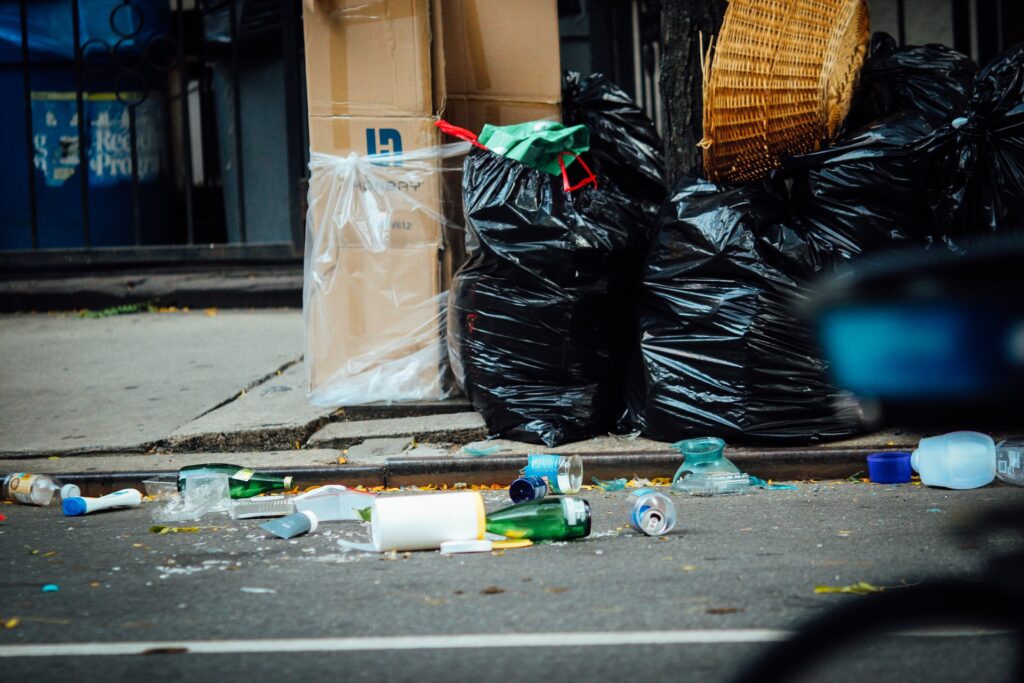
Image source: unsplash.com
In fact, this applies to anything that was once a food container. It’s not just canned, but discarded crisp bags and those plastic containers you buy ready-made sandwiches in. They can be a hazard if not disposed of properly.
This is especially true if it still has the remains of food inside it, as it will attract animals in search of what they think is going to be an easy meal. They can then get their heads, paws, or beaks stuck inside the containers, or choke as they try to chew or swallow the whole thing.
They can also cut or scratch themselves on corners or sharp edges. The number one culprit here is discarded food jars, which often break or shatter when disposed of irresponsibly. This adds the risk of scattered broken glass to all of the hazards covered above.
#4 Elastic bands
Not as common as numbers 1-3, but considerably more numerous than you might expect, especially near industrial estates. Elastic bands of all sizes are very harmful to any animal or bird that they get wrapped around. It should also go without saying that these are also a huge choking hazard for birds that might mistake them for something small and wiggly.
This also used to be the case for the plastic holders that held 4 or 6 cans of beer together. Thankfully, those are now rarely used by manufacturers, but if you do need to dispose of one for any reason, do the same as you would with an elastic band and cut them open first.
The danger posed to our pets
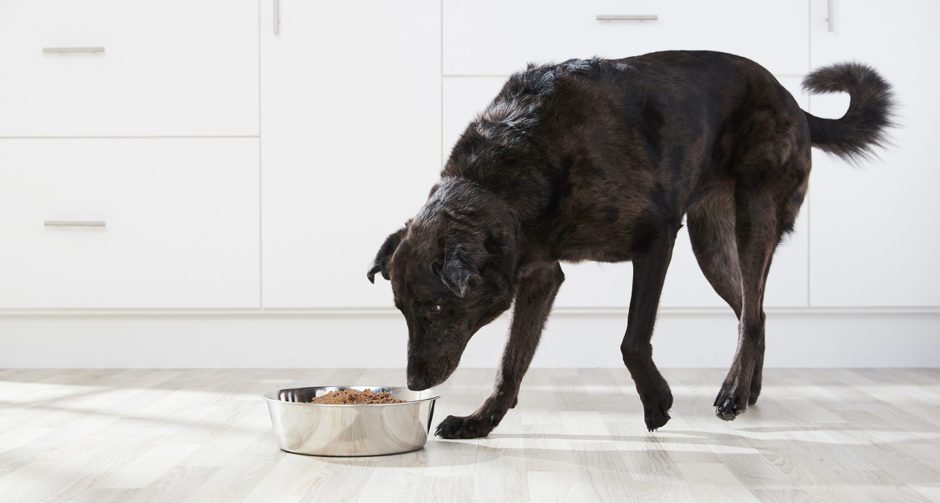
Image source: petcentral.chewy.com
It should be mentioned again though, that these things are not just a hazard to wild animals, but they also pose a danger to our pets. A large proportion of emergency vet appointments occur when dogs injure themselves in some way when encountering a piece of discarded rubbish.
More worryingly, because cats are typically not as well supervised as dogs when they go exploring, they could encounter the kind of difficulties mentioned above and not be found until it was far too late.
For all of the precautions, we can take when disposing of our rubbish, the most responsible way to safeguard our pets is to recycle.
Disposing of waste responsibly
Recycling on the scale that we do in the 21st century takes a lot of management to ensure it is done correctly. A whole industry has emerged to ensure that this is done in the most efficient manner possible. To turn that huge amount of recycling into manageable amounts, it often requires compacting or baling prior to processing.
This task is typically under-appreciated but a vital part of the process carried out by specialist equipment. This is true on both a domestic and industrial scale where companies like recyclingbalers.com provide that vital link in the battle against waste.
What can we do to help?
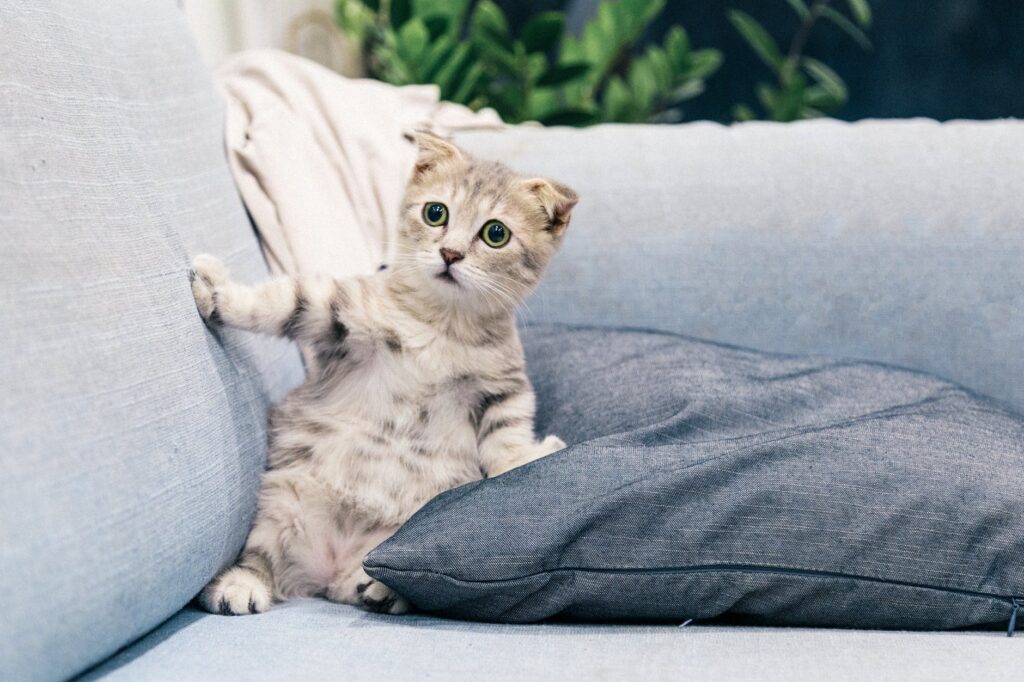
Image source: pexels.com
This highlights also that it is not just about what happens at the household level but also about what is manufactured for us to consume.
By choosing carefully how much we consume, and how easy it is to manage and process what we recycle or dispose of altogether, we can cut down on the number of items that are disposed of. This will then see a knock-on effect of what makes it out into our immediate environment, and minimize the danger to both local wildlife and our own four-legged friends.

